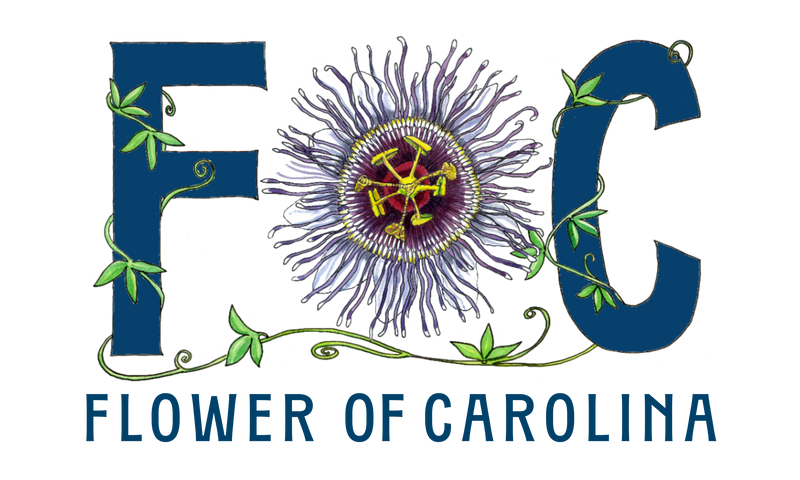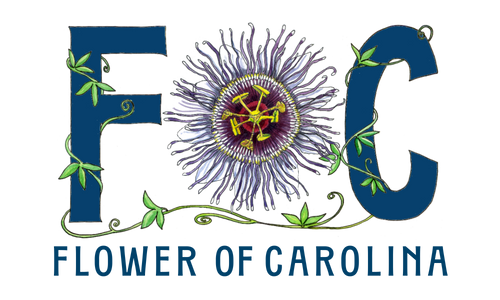Lupinus perennis
Sundial Lupine
-
Product Info
Sundial Lupine (Lupinus perennis)
Legume Family
Wild Lupine is a spring-blooming perennial native to sandy prairies, oak savannas, and open woodlands of the Eastern U.S. It features spikes of blue to violet, pea-like flowers and deeply lobed, palmate leaves. Preferring dry to medium, well-drained sandy soils and full sun to light shade, Wild Lupine thrives in nutrient-poor conditions and can suffer if planted in overly rich soil. As a legume, it also improves soil fertility by fixing nitrogen. Foliage can suffer towards the end of summer, so it's recommended to surround with other plants that will hide unsightly leaves. Plants tend to be short lived, but spread vegetatively through rhizomes and through re-seeding
Wild Lupine is the sole host plant for the endangered Karner Blue Butterfly, which is mostly found in northern states (not North Carolina).
Blooms: Blue, 3-4 weeks, May-July
Leaves: Palmate leaves are hairy and very attractive
Height: 1-2’
Space: 1-2’
Soil: Average-Dry, tolerant of sandy soil
Exposure: Full sun-Part shade
Fauna: Host plant for endangered butterfly, nectar plant for ling tongue pollinators, seeds for birds and mammals
Seeds: Hairy pea pods turn black and contain several seeds
Deer Resistance: Medium
Zone: 3-8
Native Status: NC native, uncommon in the Coastal Plain, rare in the Piedmont
Provenance: Unknown, seed grown







